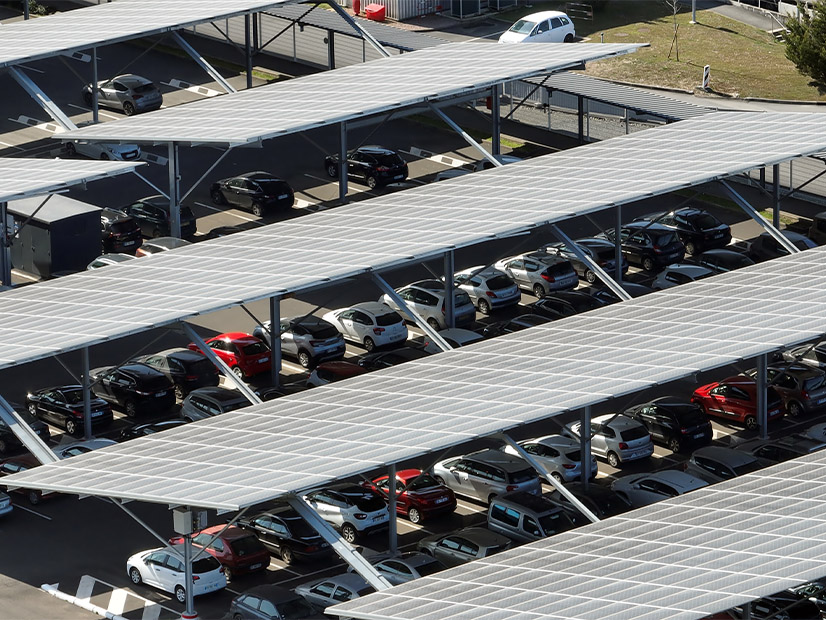
The Treasury Department on Thursday issued final guidance on IRA tax credit adders of 10 to 20 percentage points for clean energy investments in underserved communities.
A total of 1.8 GW of qualified wind and solar projects rated at less than 5 MW will be allowed to participate in 2023 in the Low-Income Communities Bonus Credit Program.
This breaks down to 700 MW to facilities in low-income communities, 700 MW to facilities that provide at least 50% of their financial benefits to lower-income households, 200 MW to facilities on Indian land and 200 MW to facilities that are part of federally subsidized residential buildings.
Eligible wind and solar facilities built in low-income communities or on Indian land can receive a 10 percentage-point increase. Those that are installed on a qualified low-income residential building or that provide at least half their output to low-income households can receive a 20 percentage-point increase.
The Internal Revenue Service may reallocate capacity between these categories if any become oversubscribed.
Any unclaimed allocations will roll over into 2024, when applications will be accepted for another 1.8 GW of capacity.
The application process will open in early autumn and is expected to continue through early 2024, depending on the level of response.
The bonus credits seek to direct some benefit to disadvantaged communities as the Inflation Reduction Act prompts spending of hundreds of billions of dollars on the clean energy transition.
Specifically, the credits are intended to reduce energy costs, support small-business growth, improve air quality and create good-paying clean energy jobs in low-income communities, Treasury said in a news release.
These same communities often have suffered negative health or environmental effects from fossil-fuel combustion combined with a general shortage of economic opportunities, Treasury said.
The Section 48(e) bonus credits announced Thursday are in addition to the investment tax credits available to energy projects of less than 5 MW under Section 48 of the Internal Revenue Code.
The Department of Energy’s Office of Economic Impact and Diversity is helping administer the program with Treasury and the IRS.
DOE has created a landing page for the program on its website and soon will create an application portal and user guide.
DOE has also posted a map showing low-income communities and a list of eligible categories of housing.
The Department of Housing and Urban Development has posted median family income data that will be used to calculate eligibility for some of the credits.
And the IRS has posted procedural guidance for the program, along with a 150-page set of final rules.

